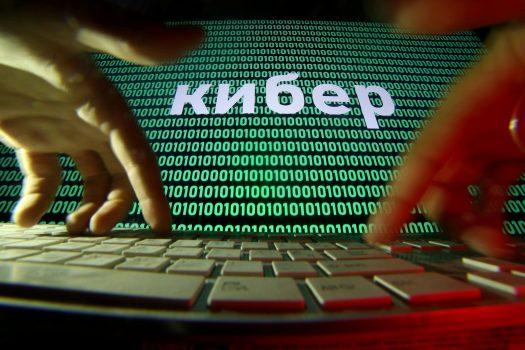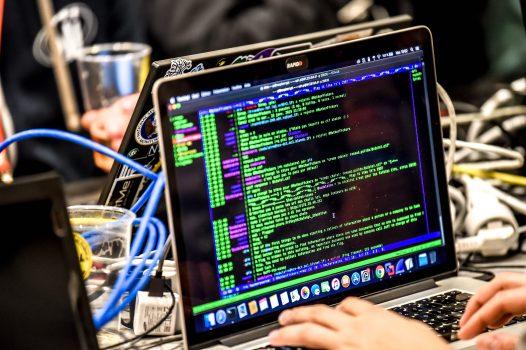Australia’s electronic surveillance laws are set for one of the largest overhauls in recent history after the Morrison government agreed to the recommendations of a landmark intelligence report.
Current electronic surveillance powers including listening-in on conversations, accessing data, and tracking an individual’s movements are contained across three separate pieces of legislation, each with their own thresholds and requirements.
The reforms will aim to address duplication and overlaps across the Telecommunications (Interception and Access) Act 1979, the Australian Security Intelligence Organisation Act 1979, and Surveillance Devices Act 2004.

Attorney-General Christian Porter expects the surveillance reforms to take up to 18 months to draft, with the government agreeing to 186 of the 190 unclassified recommendations in the report.
“That in itself would be perhaps the biggest national security legislative project in recent history,” he told reporters in Canberra on Friday. “It would require the repeal and rewriting of nearly 1,000 pages of existing law on warrants, interception, and telecommunications.”
The report found law enforcement and intelligence were being challenged by criminals exploiting new technologies including the dark web, encryption, cryptocurrency, messaging apps, social media, and multiple data storage platforms.

Porter said despite the scale and pace of technological change, the old regime had been durable over time, however it was no longer “fit for purpose.”
More oversight will be built into the intelligence legislation and emergency warrants will be streamlined.
The Richardson report recommended against putting a “double lock” system for additional approvals across the warrant system.
An independent panel will be established to aid the inspector-general of intelligence and security.
Home Affairs Minister Peter Dutton said legislated powers must keep up with new technologies to keep people safe.
“The threat of violent extremists is still with us. These people are still plotting and planning to kill Australians and we need to make sure that legislation we have in place is fit for purpose,” he told reporters in Canberra.
Matt Warren, professor of cybersecurity at the Royal Melbourne Institute of Technology told The Epoch Times the changes are the right thing for the government in the current environment, especially given the rapid changes to technology.
“We are now seeing the direct impact of state actors in Australia and we are also seeing the development of hybrid approaches of intelligence develop including new physical and cyber aspects,” he said.

“The changes to Australian intelligence laws should be considered as part of their evolution rather than as a reform,” Warren said.
Michael Shoebridge of the Australian Strategic Policy Institute agreed that changes were needed to deal with the evolving national security environment.
However, he said the “sheer size” of the report would complicate any attempt to scrutinise the reforms.
“This is an enormously complicated edifice of a review, at some 1,300 pages, with 190 recommendations (some individual ones being quite sweeping) and an ‘Executive Summary’ that is almost 30 pages long,” he told The Epoch Times.
“The sheer size of the review has made any government response difficult, as simple comprehension of the lengthy, dense material is difficult,” he said.
“Broader engagement with the review is even more difficult because the capacity of citizens and non-government organisations to simply plough through the voluminous work is limited,” he added.
Shoebridge called for public consultation to ensure civil liberties were not undermined as part of the new laws.






Friends Read Free